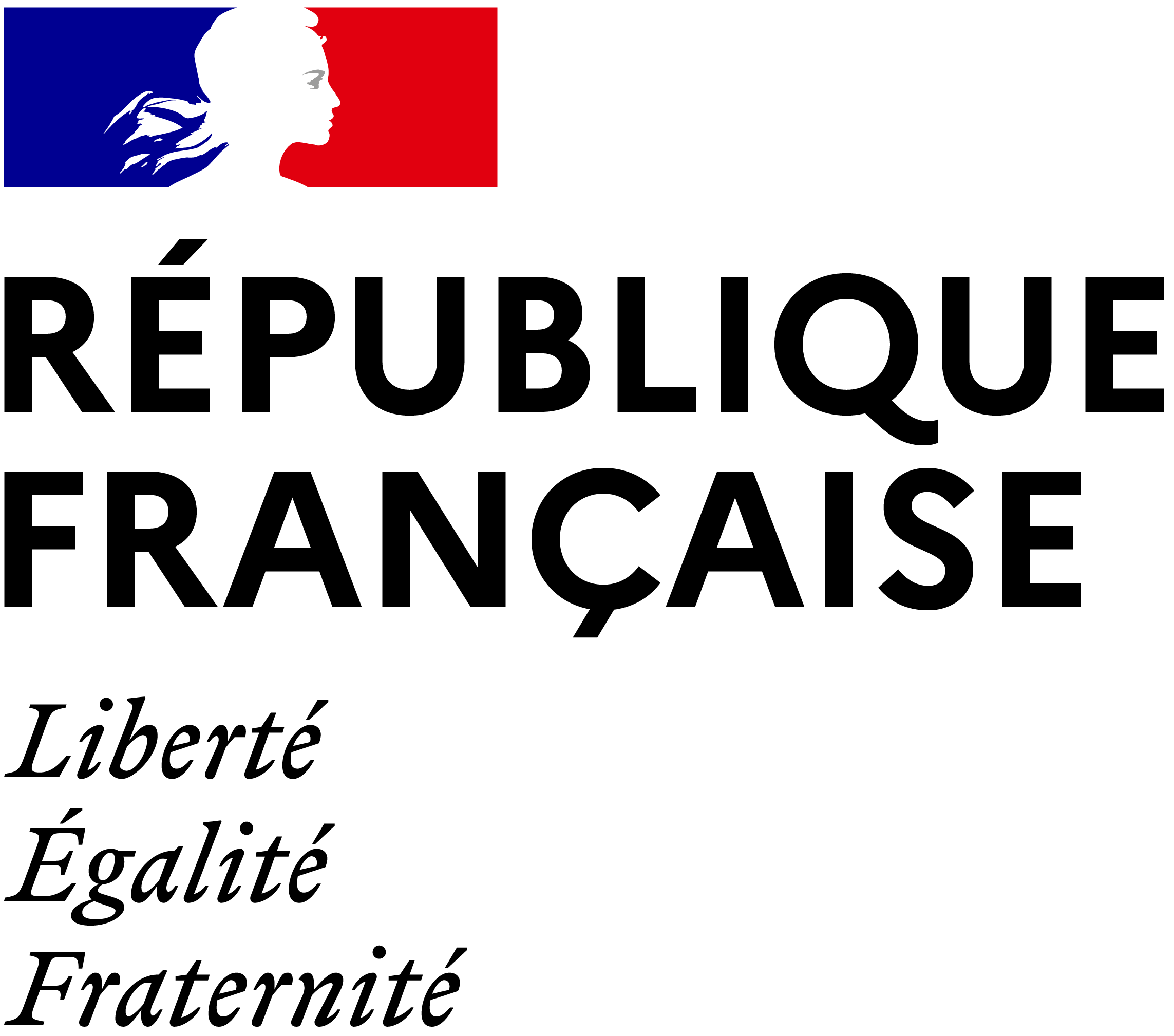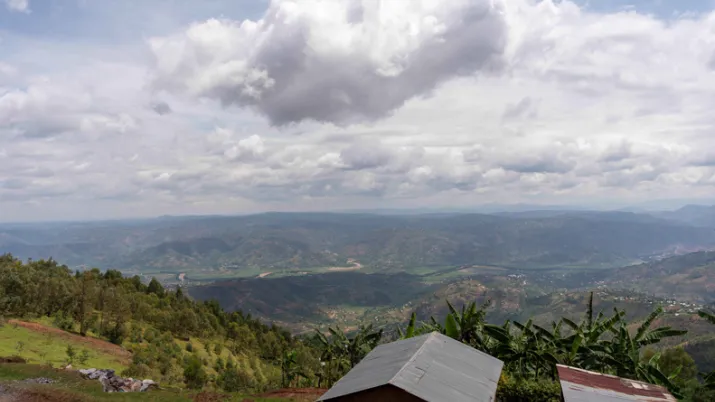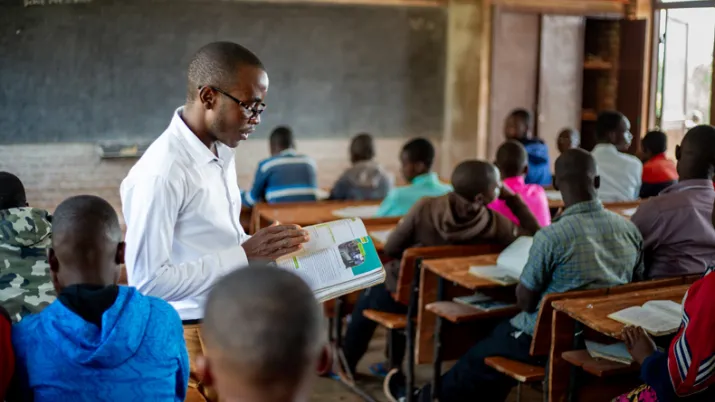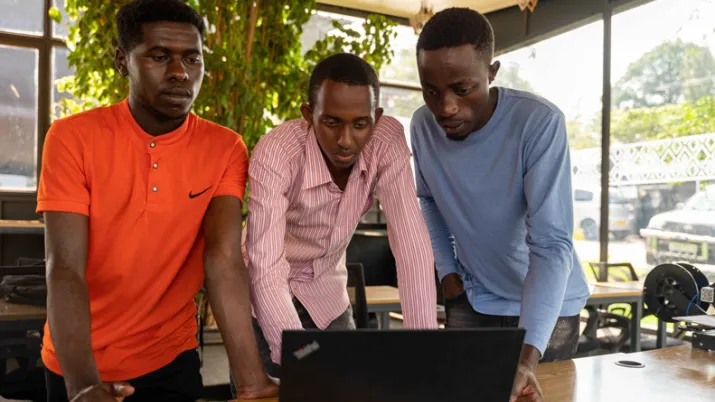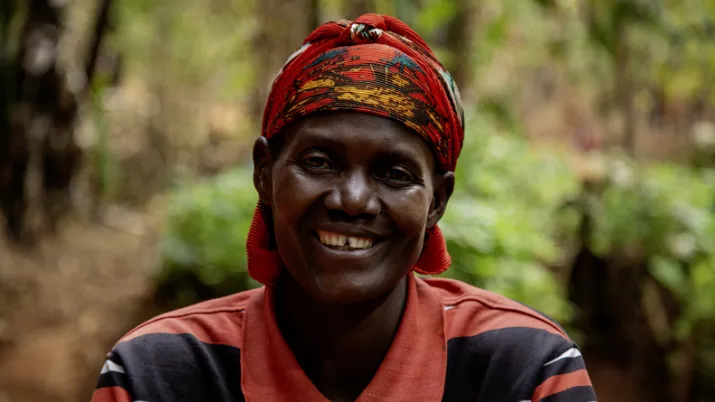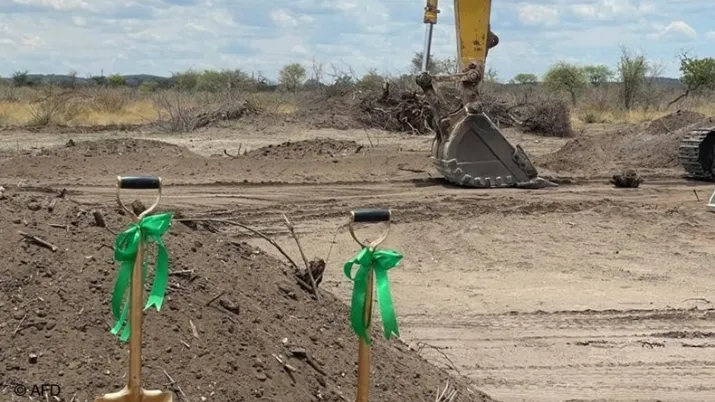Share the page
Isonga (Phase 1) -Promoting School Sports in Rwanda
Project
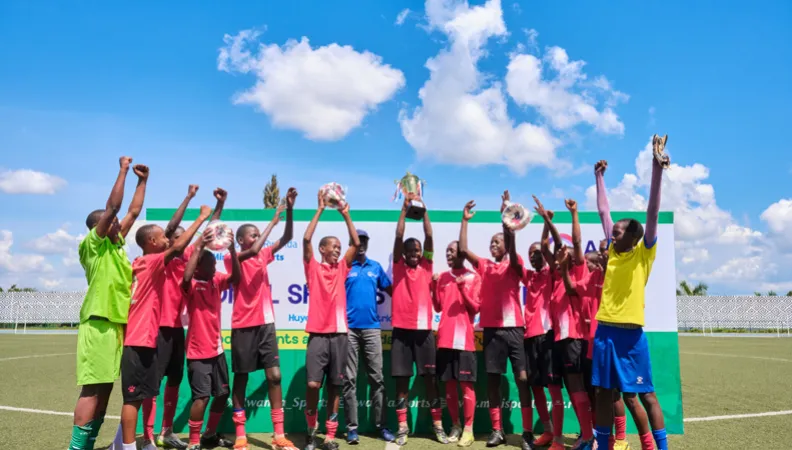

-
Project start date
-
Status
Completed
-
Project end date
-
-
Project duration
-
4 ans
-
AFD financing amount
-
€ 1 500 000
-
Country and region
-
Location
-
Rwanda
-
Type of financing
-
Beneficiaries
-
Ministry of Sports (MINISPORTS)
-
Type of beneficiary
-
State
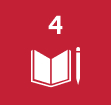
AFD supports the implementation of the Rwanda s National School Sport Policy through the Isonga Program, turning schools into hubs of talent, equality, and growth.
Context
Sport plays a central role in Rwanda’s policies for reconciliation, national unity, and youth development. The government has invested in modern sports infrastructure and integrated sport into its education and international strategies.
In 2020, Rwanda adopted a new national school sport policy aimed at enhancing physical education, improving student health and well-being, promoting inclusion, and identifying young sports talent.
The Isonga program serves as a concrete tool for its implementation. It targets the detection and training of young athletes—particularly girls—across six sports disciplines (athletics, basketball, football, handball, volleyball and cycling), via a network of 17 pilot school-based centers of excellence.
Description
The sports infrastructures in the 17 selected schools were rehabilitated and new equipment (balls, shoes etc.) were provided. The program improved sports infrastructure for 16,059 students across the 17 Isonga schools, while providing regular sports training and educational follow-up for 599 students (44% girls) who were selected for the talent identification program. Support measures included coverage of equipment for the participating students and the organization of inter-school competitions and bootcamps. Gender equality was a cross-cutting priority throughout the intervention, reflected in the selection of students, dedicated awareness campaigns, and the mobilization of families and communities.
Impacts
The project generated strong results across inclusion, capacity building, infrastructure, and youth empowerment. Key impacts include:
-
599 student beneficiaries, including 44% girls.
-
84% of students reported increased self-confidence thanks to the program.
-
Rehabilitation of 27 sports infrastructures.
-
20% increase in girls' participation in school competitions.
Sustainable Development Goals
Quality Education
Goal 4 calls for universal access to free, equitable, quality education at all stages of life, with particular emphasis on eliminating disparities related to gender and income. It also stresses the acquisition of basic and higher-level skills for living in a sustainable society. Targets include building and upgrading educational infrastructure, expanding scholarships for students from developing countries, and increasing the number of qualified teachers.


